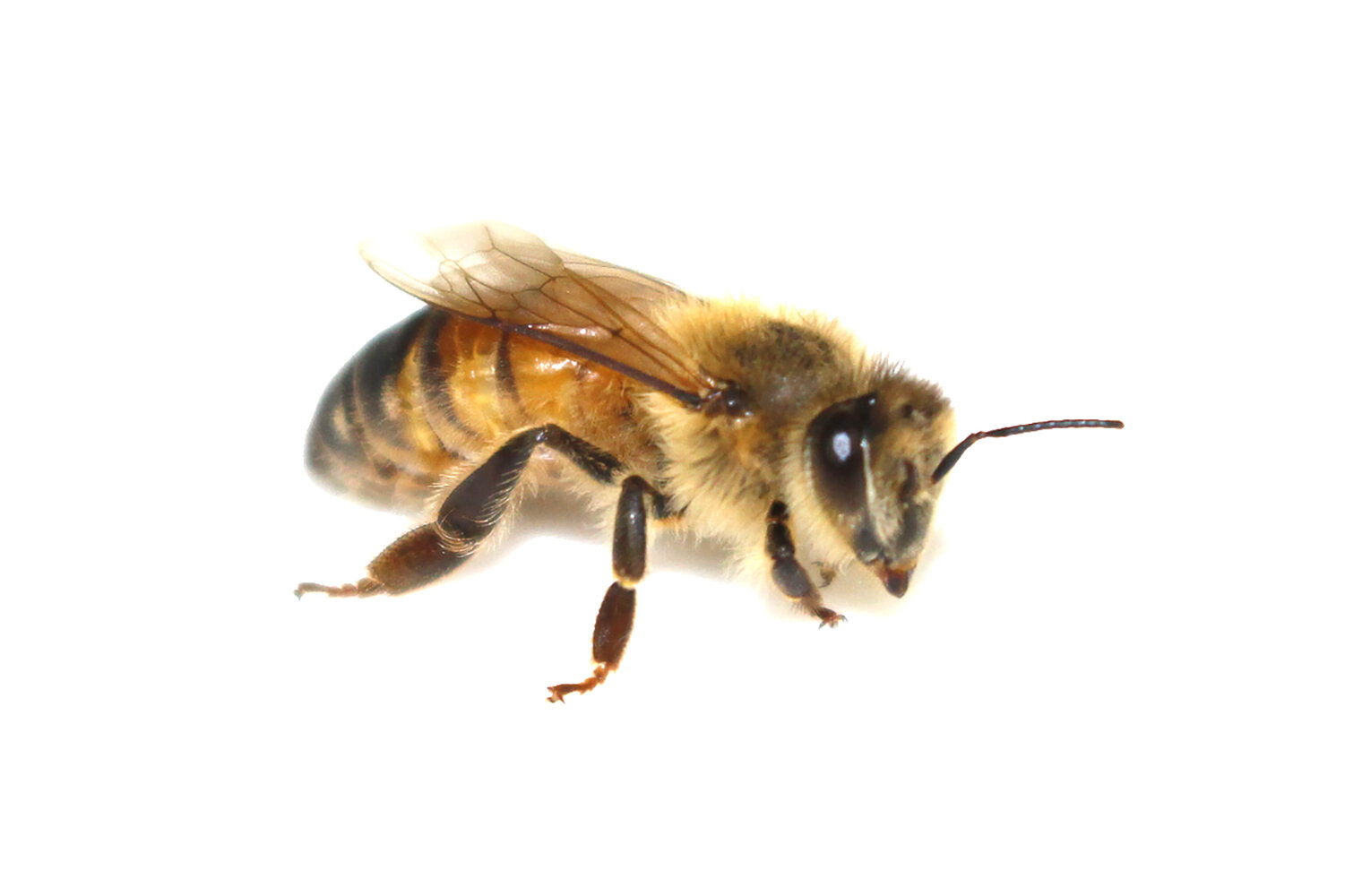A new model for the evolution of higher brain functions and behaviors in the Hymenoptera order of insects has been proposed by researchers. The team compared the Kenyon cells, a type of neuronal cell, in the mushroom bodies (a part of the insect brain involved in learning, memory and sensory integration) of “primitive” sawflies and sophisticated honey bees. They found that three diverse, specialized Kenyon cell subtypes in honey bee brains appear to have evolved from a single, multifunctional Kenyon cell-subtype ancestor. In the future, this research could help us better understand the evolution of some of our own higher brain functions and behaviors.
Are you “busy as a bee,” a “social butterfly” or a “fly on the wall?” There are many ways we compare our behavior to that of insects, and as it turns out there may be more to it than just fun idioms. Studying insects could help us understand not only how their behavior has evolved, but also the behavior of highly evolved animals, including ourselves.
Mammalian brains are big and complex, so it is difficult to identify which behaviors and neural and genetic changes have co-developed over time. By comparison, insect brains are much smaller and simpler, making them useful models for study.
“In 2017, we reported that the complexity of Kenyon cell (KC) subtypes in mushroom bodies in insect brains increases with the behavioral diversification in Hymenoptera (a large and varied order of insects)” explained Professor Takeo Kubo from the Graduate School of Science at the University of Tokyo and co-author of the current study published in Science Advances.
2023-05-05 16:30:02
Source from phys.org
